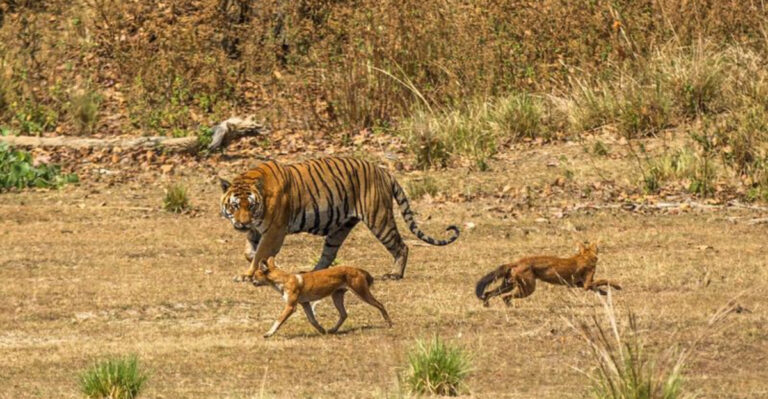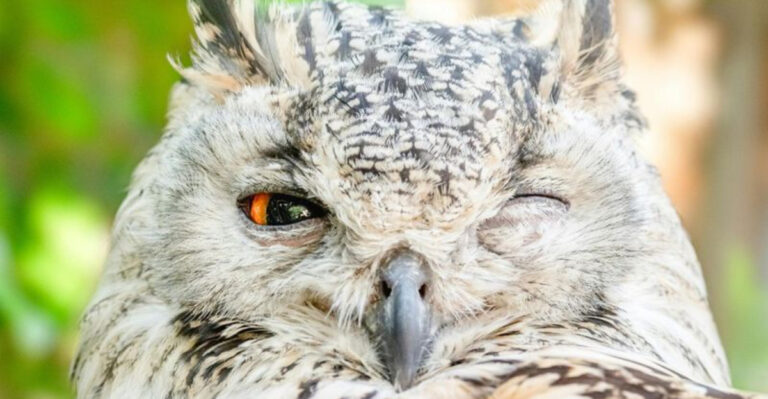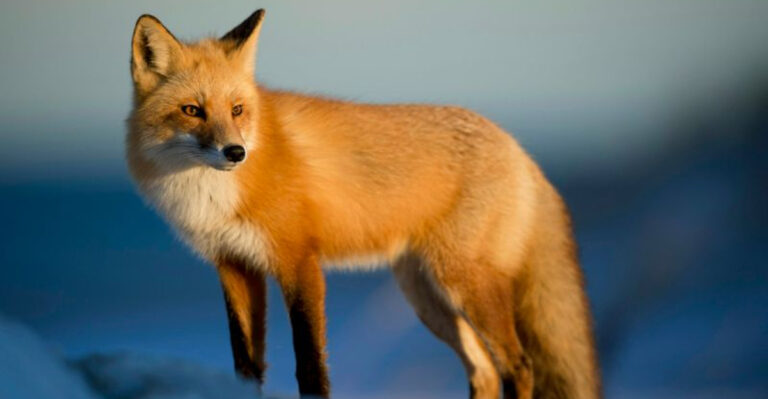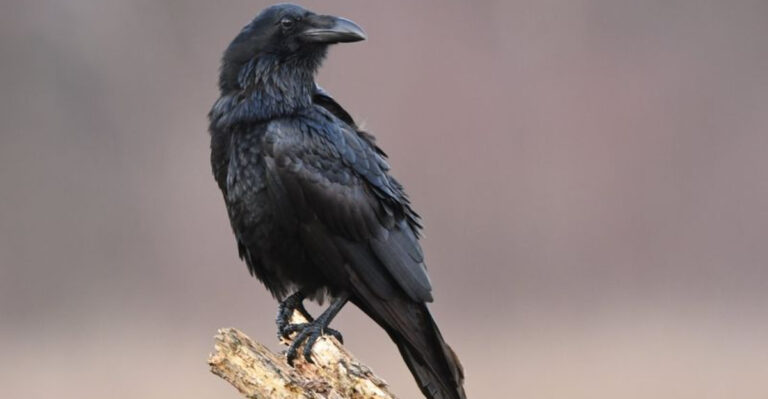13 Facts About Coyotes That Are Too Important Not To Know
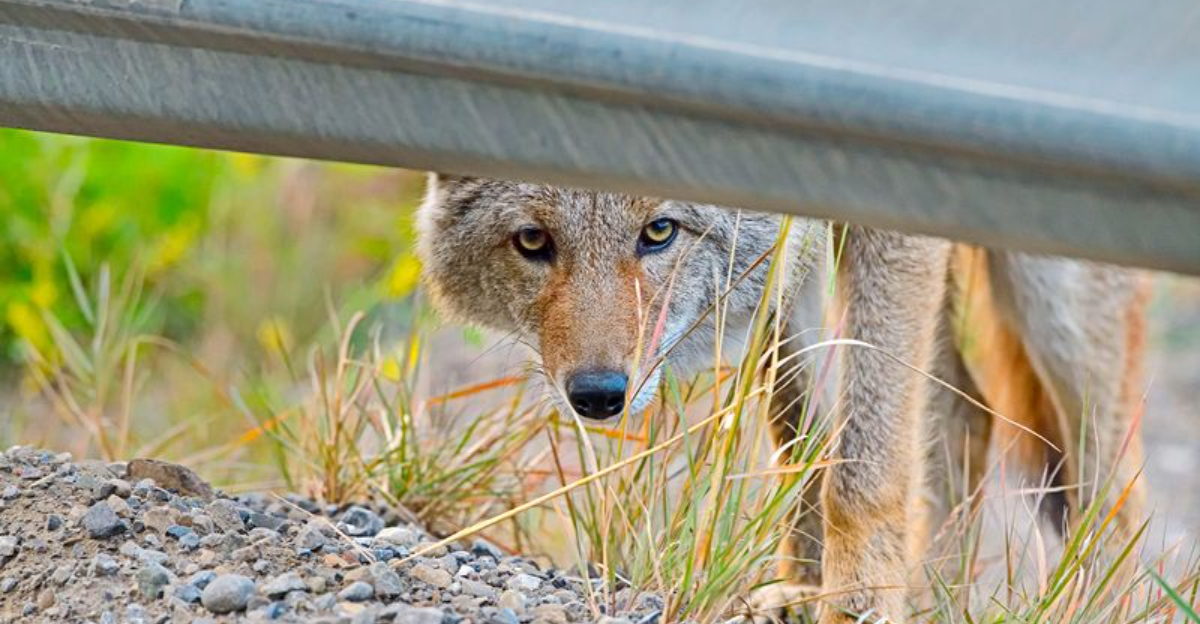
Coyotes are fascinating wild canines that have managed to thrive alongside human expansion across North America.
These clever creatures have captured our curiosity and sometimes our concern as they adapt to living near our communities. Understanding coyotes helps us better coexist with these remarkable animals and appreciate their role in our ecosystems.
1. Coyotes Are Highly Adaptable
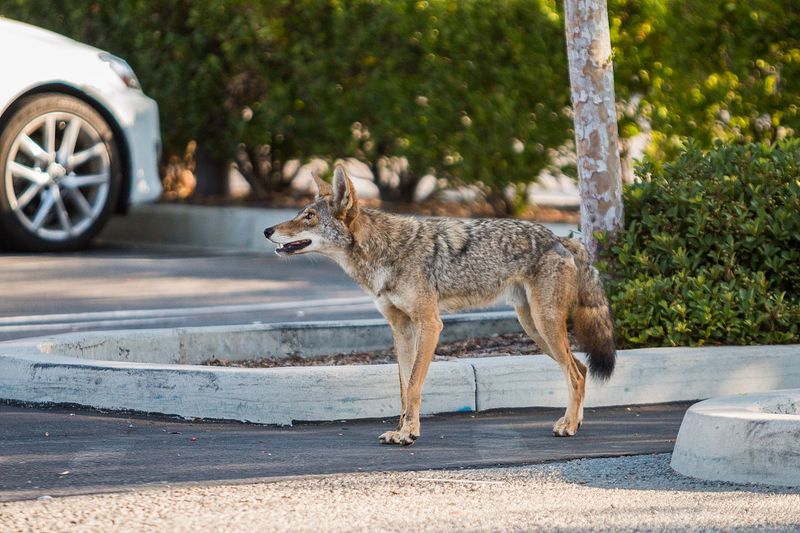
Masters of adaptation, coyotes have conquered nearly every habitat from remote deserts to bustling city parks. They’ve learned to navigate traffic, find shelter in drainage systems, and forage in urban gardens.
This incredible flexibility has allowed coyotes to expand their range while many other wildlife species struggle with habitat loss.
2. They Are Not Just Lone Wolves
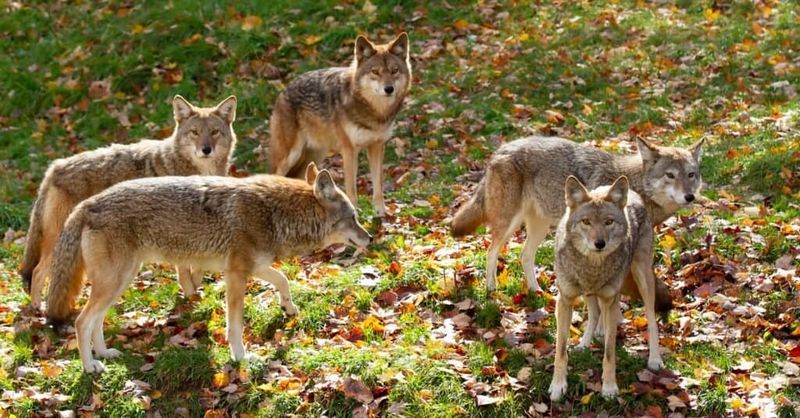
Family bonds run deep in coyote society. Contrary to popular belief, they form tight-knit packs typically consisting of a breeding pair and their offspring from previous seasons.
Pack members collaborate during hunts, raising pups, and defending territory. Young coyotes usually remain with parents until they’re about a year old.
3. Coyotes Are Opportunistic Feeders
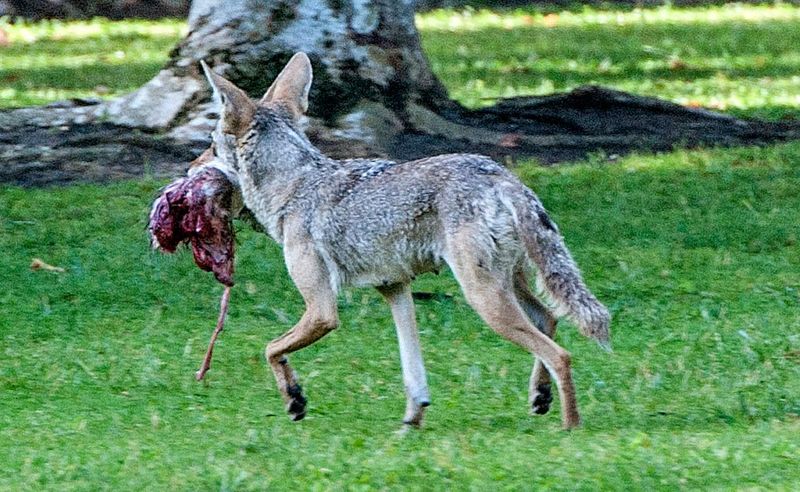
Nature’s ultimate food opportunists, coyotes will eat practically anything nutritious they encounter. Their menu includes rabbits, rodents, insects, fruits, carrion, and yes, sometimes pet food left outdoors.
This dietary flexibility allows them to survive seasonal changes and food scarcity when other predators might struggle.
4. They Are Excellent Problem Solvers
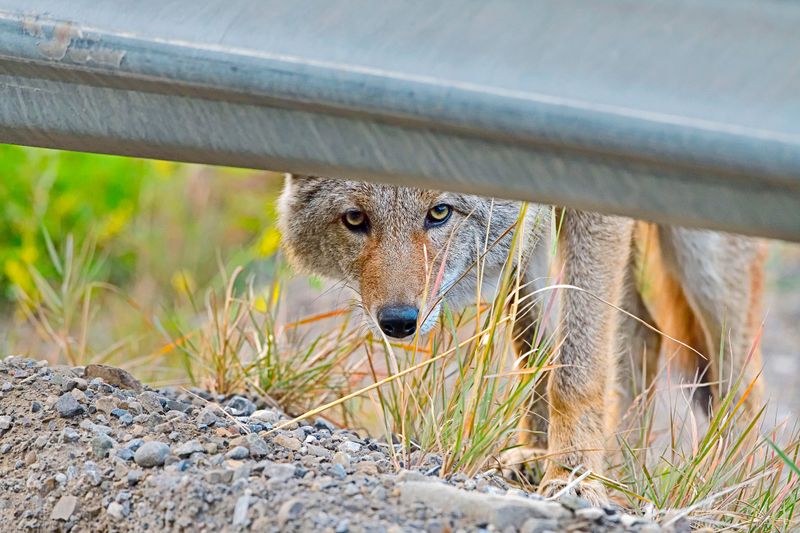
Remarkable intelligence shines through coyote behavior. Researchers have documented them using creative techniques to access food, like dropping bait into water to attract birds.
Urban coyotes quickly learn traffic patterns and safe crossing times. They remember reliable food sources and adapt hunting strategies based on previous experiences.
5. Coyotes Can Interbreed With Domestic Dogs
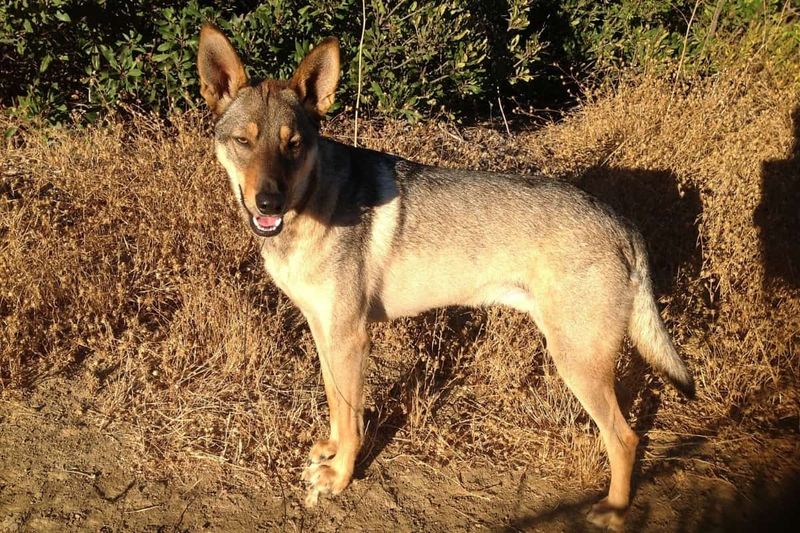
Genetic mixing occurs when coyotes mate with domestic dogs, creating hybrids called “coydogs.” These crossbreeds often display a blend of wild and domestic traits, sometimes confusing wildlife experts.
Most hybridization happens in areas where dog populations aren’t controlled. Coydogs can sometimes be identified by their varied coat patterns.
6. They Have A Wide Range Of Communication
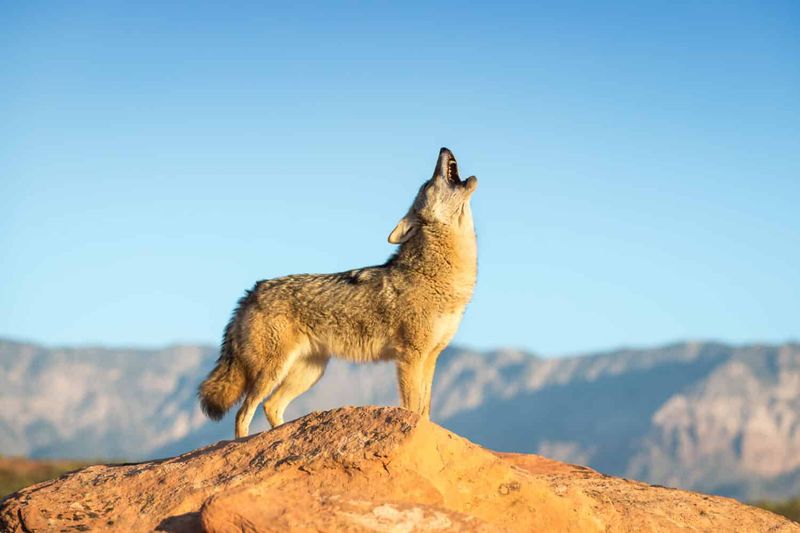
Vocal virtuosos of the wild, coyotes produce an astonishing array of sounds. Their iconic howls carry for miles, while barks warn of danger and yips coordinate group movements.
A single coyote can create sounds that make it seem like several animals are present. This “group yip-howl” helps small families sound larger to potential competitors.
7. Coyotes Are Known For Their Speed And Agility
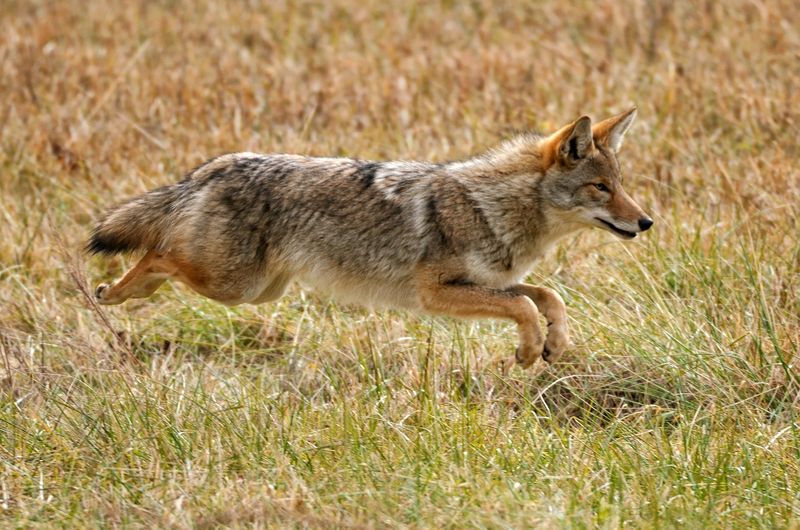
Lightning-quick reflexes make coyotes formidable hunters. They can sprint up to 40 mph when chasing prey and execute precise pounces to catch mice hiding under snow.
Their lightweight frame allows for quick direction changes and impressive leaps. A coyote can easily clear a six-foot fence when motivated.
8. They Are Vital For Ecosystem Balance
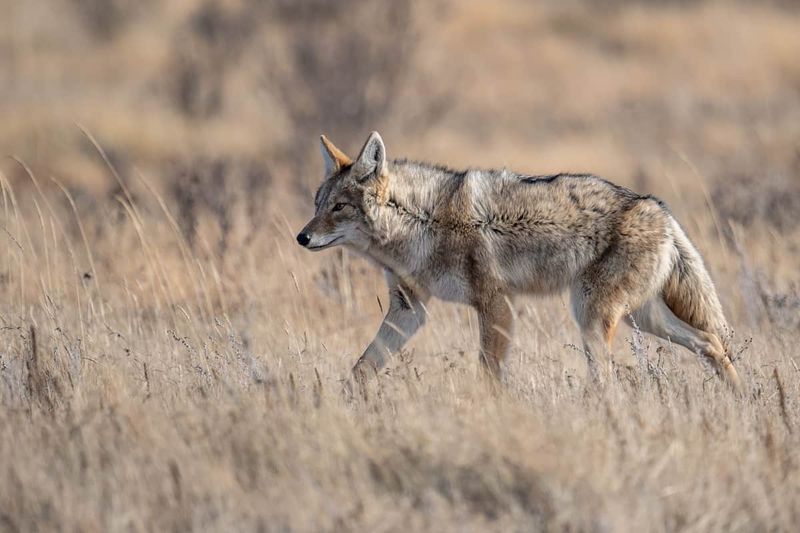
Natural population controllers, coyotes help maintain healthy ecosystems by keeping rodent numbers in check. A single coyote family can consume thousands of mice and rats annually.
Their predation prevents herbivore overpopulation that could damage plant communities. When coyotes disappear from an area, ecological imbalances often follow.
9. Coyotes Have A Unique Hunting Strategy
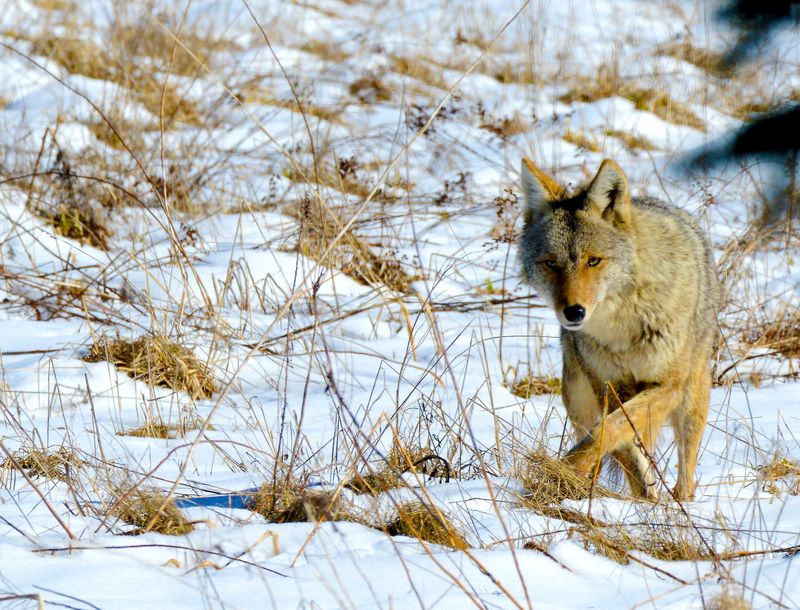
Strategic hunters by nature, coyotes employ different tactics depending on their prey. For small animals, they use a distinctive “mouse pounce” – listening intently before leaping high and coming down precisely on hidden prey.
When hunting larger animals, they work in pairs with one distracting while the other attacks from behind.
10. They Have An Impressive Sense Of Hearing
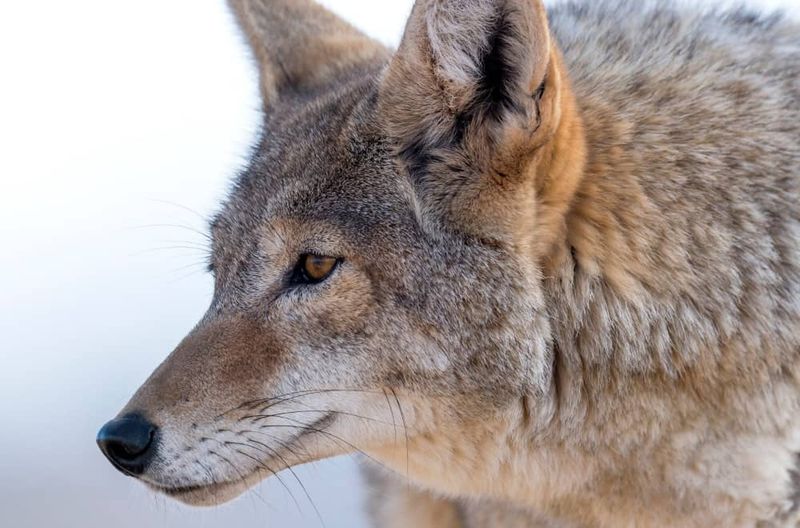
Auditory superheroes, coyotes can detect the rustling of a mouse under snow or leaves from remarkable distances. Their rotating ears independently pinpoint sounds with extraordinary precision.
This keen hearing helps them locate prey that’s completely hidden from sight. Coyotes will tilt their heads to better triangulate the exact location of sounds.
11. Coyotes Are Generally Fearful Of Humans

Natural wariness keeps most coyotes safely distant from people. They typically observe humans from afar and quickly retreat when noticed.
Problems arise when coyotes become food-conditioned through intentional or unintentional feeding. Maintaining their natural fear of humans helps protect both species from dangerous interactions.
12. They Have Expanded Their Range
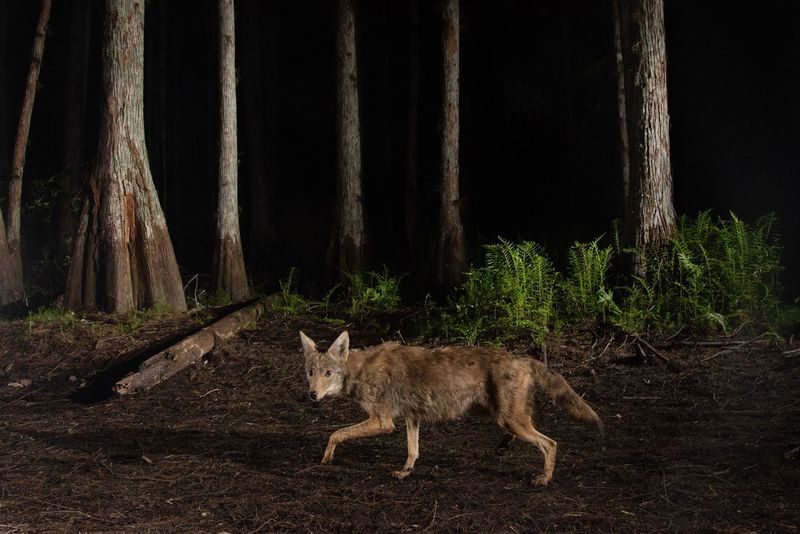
Geographic champions, coyotes have dramatically expanded their territory over the past century. Once limited to western plains, they now inhabit every continental state and most Canadian provinces.
Urban development actually helped their expansion by removing wolves, their main competitors. Coyotes now thrive in major cities like Chicago, Los Angeles, and New York.
13. Coyotes Are More Active At Night
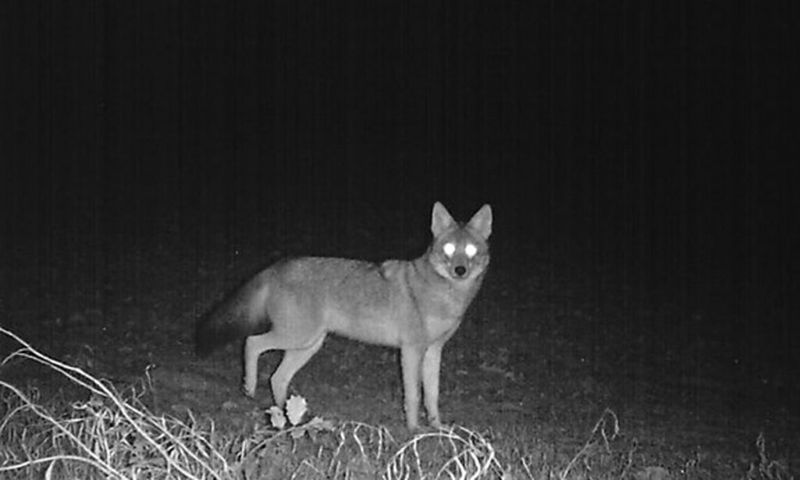
Moonlight wanderers by preference, coyotes conduct most hunting and territorial activities after sunset. Their night vision excels in low-light conditions thanks to specialized eye structures.
Urban coyotes have become especially nocturnal to avoid human encounters. Dawn and dusk mark their most active periods when prey is abundant and visibility still adequate.

